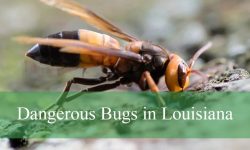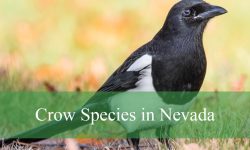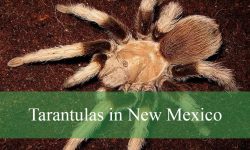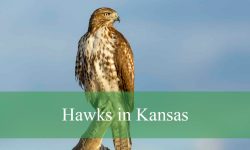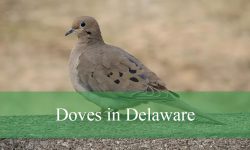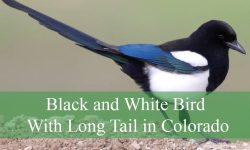Hummingbirds are fascinating creatures, admired for their rapid wing beats, vibrant colors, and energetic flight patterns. These tiny birds are constantly on the move, expending incredible amounts of energy as they hover and dart from flower to flower. Their high metabolism requires a specialized diet that provides the necessary fuel to sustain their active lifestyle.
Understanding What Do Hummingbirds Eat is key to attracting them to your yard. By providing the right food sources and creating a welcoming environment, you can make your outdoor space irresistible to these remarkable birds. This guide explores what hummingbirds eat and how you can make your outdoor space irresistible to them.
What Do Hummingbirds Eat?
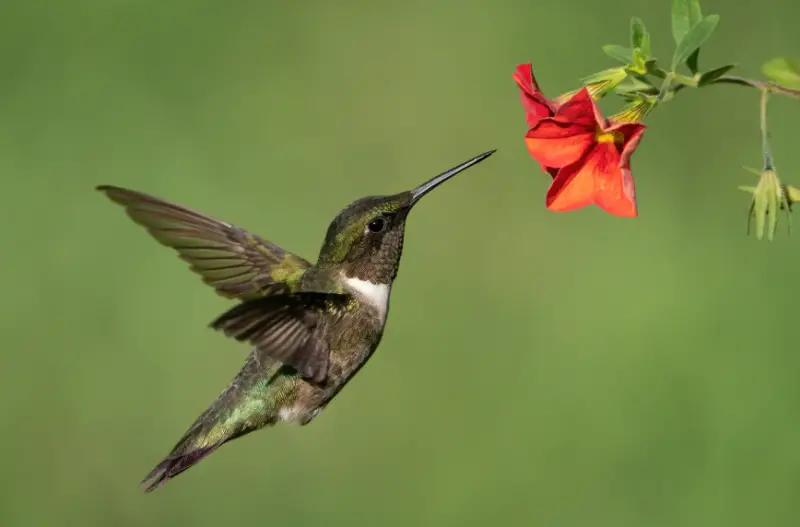
Hummingbirds have incredibly high metabolic rates, requiring them to consume food frequently to sustain their energy levels. Their diet primarily consists of natural sugars, proteins, and essential nutrients that keep them active and healthy. Below are the key components of a hummingbird’s diet.
Nectar from Flowers
One of the main food sources for hummingbirds is nectar, a sweet liquid produced by flowers. This sugary substance provides the necessary carbohydrates to fuel their rapid wing movements, which can reach up to 80 beats per second.
Hummingbirds are particularly attracted to bright, tubular flowers, as their long, specialized beaks are well-adapted to extracting nectar. Some of the best nectar-producing flowers that attract hummingbirds include:
- Trumpet vine (Campsis radicans)
- Bee balm (Monarda)
- Salvia (Salvia spp.)
- Honeysuckle (Lonicera)
- Cardinal flower (Lobelia cardinalis)
- Fuchsia (Fuchsia spp.)
Planting these flowers in your garden can help provide a natural food source for hummingbirds throughout the year.
Homemade Hummingbird Nectar
When natural flowers are scarce, you can supplement a hummingbird’s diet by making homemade nectar. This simple sugar-water solution closely mimics the natural nectar found in flowers. Follow these steps to prepare safe nectar:
- Mix one part white granulated sugar with four parts water.
- Boil the mixture for 1-2 minutes to dissolve the sugar and eliminate potential bacteria.
- Allow the nectar to cool completely before filling the feeder.
- Clean feeders regularly to prevent mold and harmful bacteria growth.
Important Tips:
- Avoid using honey, brown sugar, or artificial sweeteners, as they can cause harm to hummingbirds.
- Do not add red food coloring, as it is unnecessary and may be harmful.
Small Insects and Spiders
Although nectar provides essential energy, hummingbirds also require protein to support muscle development, feather growth, and overall health. They actively hunt for small insects and spiders, consuming a variety of prey such as:
- Gnats
- Mosquitoes
- Aphids
- Spiders
- Small beetles
Hummingbirds catch insects mid-air, snatch them from leaves, or pluck them from spider webs. This insect diet is particularly important for young hummingbirds, as it supports their rapid growth and development.
Tree Sap
In times when nectar is scarce, hummingbirds may turn to tree sap as an alternative energy source. They often feed on sap from holes drilled by woodpeckers. The sap contains sugars and nutrients similar to floral nectar, making it a suitable substitute during early spring or late fall when flowers are less abundant.
Pollen and Fruit Juice
While feeding on nectar, hummingbirds may inadvertently consume pollen, which provides additional nutrients. Additionally, they sometimes sip juice from overripe fruits, such as berries, oranges, and melons, particularly when nectar sources are limited.
How to Attract Hummingbirds to Your Yard
Creating a hummingbird-friendly environment involves providing food, water, and shelter. With the right plants, feeders, and habitat conditions, you can turn your yard into a haven for these fascinating creatures. Here’s how:
Plant Nectar-Rich Flowers
Hummingbirds are naturally attracted to brightly colored flowers, particularly red, orange, and pink hues. Choosing native plants that produce high amounts of nectar will ensure a consistent and natural food source. Some excellent choices include:
- Trumpet vine (Campsis radicans) – Produces bright red, tubular flowers perfect for hummingbirds.
- Bee balm (Monarda didyma) – Offers a rich nectar source and attracts pollinators.
- Salvia (Salvia spp.) – Features long-lasting blooms in shades of red, purple, and blue.
- Columbine (Aquilegia spp.) – Provides an early nectar source in the spring.
- Fuchsia (Fuchsia spp.) – Ideal for container gardening and hanging baskets.
Plant flowers in clusters rather than spreading them out, as this makes them more visible to hummingbirds. Including a variety of plants with staggered blooming periods ensures nectar availability throughout the seasons.
Install Hummingbird Feeders
In addition to natural nectar sources, hummingbird feeders provide an easy and consistent supply of energy. Follow these guidelines for the best results:
- Use a simple sugar-water solution: Mix four parts water with one part white granulated sugar. Avoid honey, artificial sweeteners, and red dye, as they can be harmful to birds.
- Choose feeders with red coloring: Hummingbirds are naturally drawn to red but avoid feeders with red-dyed nectar.
- Place feeders in shaded areas: This prevents the nectar from spoiling too quickly.
- Clean feeders regularly: Wash them with warm water and mild soap every few days to prevent mold and bacterial growth.
- Refill every 2-3 days in warm weather: This keeps the nectar fresh and safe for hummingbirds.
Provide a Fresh Water Source
Hummingbirds require fresh water not only for drinking but also for bathing. Since they prefer shallow water sources, consider installing:
- Misting fountains – Create fine water droplets that hummingbirds enjoy flying through.
- Dripping water features – Mimic natural sources and attract hummingbirds with the sound of trickling water.
- Shallow birdbaths with smooth stones – Allow birds to perch and bathe safely.
Position water sources near flowering plants or feeders to make them easily accessible.
Create Shelter with Trees and Shrubs
Providing shelter is essential for hummingbirds to rest and nest safely. To create an inviting habitat:
- Plant dense shrubs like azalea, rhododendron, or holly for perching and nesting.
- Include small trees such as oak, pine, and dogwood, which provide natural cover.
- Incorporate climbing vines like honeysuckle or trumpet creeper to add additional hiding spots.
These plants also attract insects, which serve as an important protein source for hummingbirds.
Avoid Pesticides and Herbicides
Pesticides eliminate the small insects that hummingbirds rely on for protein. Instead of chemical treatments, use natural pest control methods such as:
- Companion planting to deter pests naturally.
- Encouraging beneficial insects like ladybugs and praying mantises, which help control harmful pests without harming the environment.
Offer Protein Supplements
While nectar provides energy, hummingbirds need protein to thrive. Encouraging a healthy insect population will help meet their dietary needs. You can attract more insects by:
- Leaving out overripe fruit near feeders to draw fruit flies, a favorite food of hummingbirds.
- Creating a pollinator-friendly garden with native plants that support butterflies, bees, and other insects.
- Providing a small compost area where insects can thrive naturally.
Common Mistakes to Avoid
Attracting hummingbirds to your yard can be a rewarding experience, but certain mistakes can put them at risk. Avoid these errors to ensure their safety and well-being.
Using Red Dye in Nectar
Many store-bought nectar solutions contain artificial red dye, which may be harmful to hummingbirds’ delicate digestive systems. While hummingbirds are naturally drawn to the color red, it’s best to avoid dyed nectar.
Safer Alternatives
- Use a simple homemade nectar solution of four parts water to one part white granulated sugar.
- Choose feeders with red accents or plant red flowers to attract them naturally.
Neglecting Feeder Maintenance
Dirty feeders can develop mold and harmful bacteria, leading to infections that can be fatal to hummingbirds. Regular cleaning is essential to keep them healthy.
Proper Cleaning Tips
- Wash feeders with hot water and a mild vinegar solution at least twice a week.
- Avoid using soap or bleach, as residue can be harmful to birds.
- Check for black mold inside the feeder and replace any spoiled nectar immediately.
Placing Feeders in Unsafe Locations
The location of your feeder plays a crucial role in hummingbird safety. Poor placement can increase the risk of collisions, predation, and exposure to extreme weather.
Best Placement Practices
- Position feeders at least 10-15 feet away from windows to prevent crashes.
- Avoid placing feeders near dense shrubs or areas where cats and other predators might hide.
- Provide shade to prevent nectar from fermenting too quickly in the sun.
Overcrowding the Yard with Feeders
While multiple feeders can help accommodate more hummingbirds, placing too many in one area can lead to aggressive territorial disputes.
How to Space Feeders Effectively
- Space feeders at least 10-15 feet apart to reduce competition.
- Position them at different heights and locations to give shy birds a chance to feed.
- Consider adding flowering plants nearby to create natural feeding zones.
When Do Hummingbirds Visit Your Yard?
Hummingbirds migrate based on seasonal changes. Depending on your location, they may visit from early spring to late fall. Understanding their migration patterns helps you prepare food sources in advance.
In spring, arrival begins as early as March in southern regions and later in northern areas. Summer is their peak activity period during breeding and nesting seasons. In fall, migration begins, and hummingbirds feed heavily to build fat reserves for their journey.
Leave feeders up for a few weeks after the last sighting to help any late-migrating birds.
Conclusion
Attracting hummingbirds to your yard requires providing the right mix of food, water, shelter, and safety. By planting nectar-rich flowers, setting up clean feeders, and maintaining a healthy ecosystem, you can enjoy the presence of these energetic birds throughout the season. With the right approach, your yard can become a hummingbird paradise, offering them a reliable sanctuary year after year.

